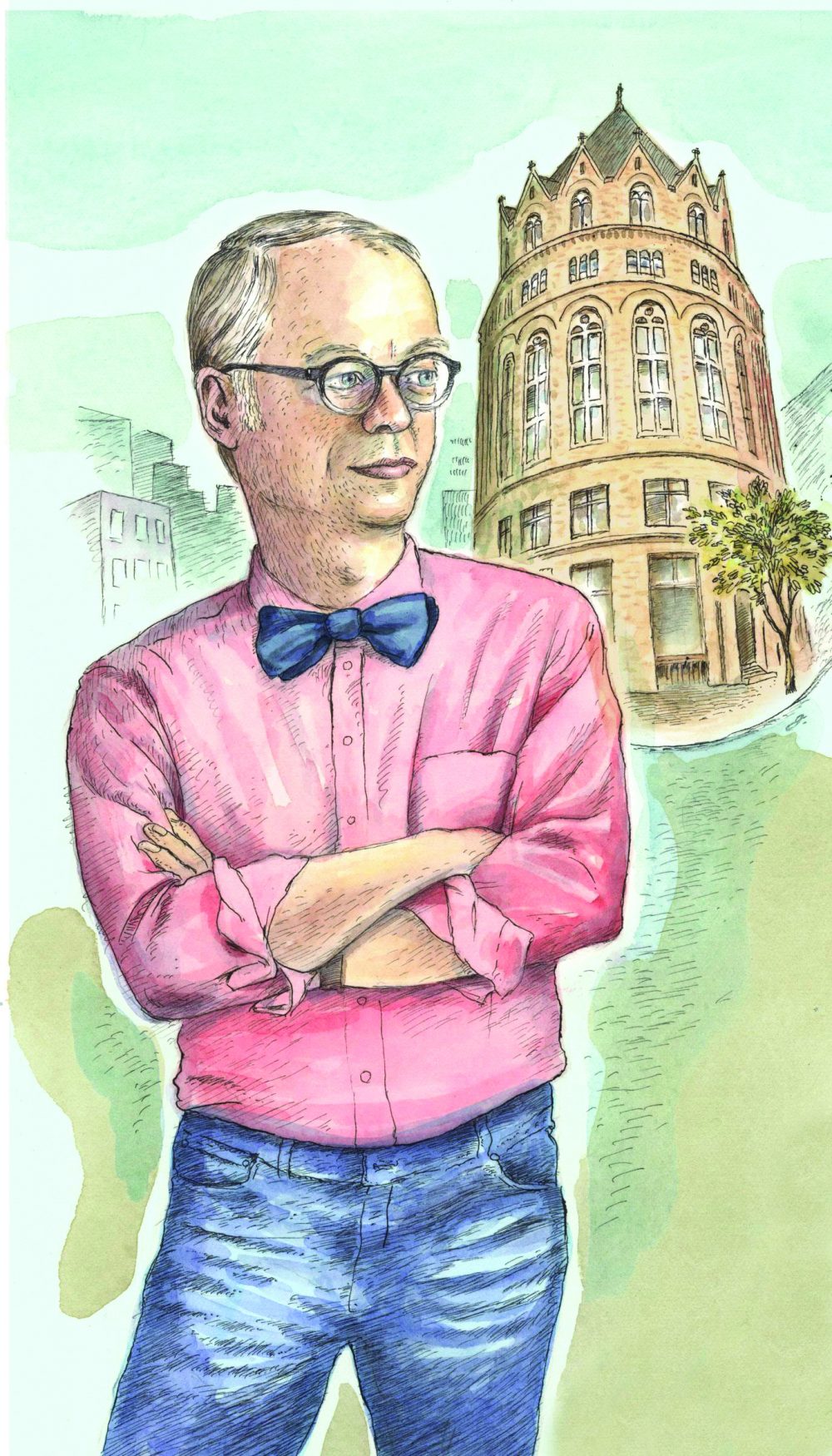Your email address is required to begin the subscription process. We will use it for customer service and other communications from Milk Street. You can unsubscribe from receiving our emails at any time.
Three Days in Beirut
Back to January-February 2019

When you travel with a video crew, their equipment has to be checked through a special import control called Carnet (kar-NAY) or, in plain English, an import/export license for expensive gear. This process is the polar opposite of traveling with carry-ons. Our cases must be hauled off the luggage carousel and taken to a hard-to-find office. Then the bureaucracy kicks in. against our equipment.
During a recent trip to Beirut, the pipe-smoking official ensconced in his well-appointed office was charming and welcoming, a Lebanese Omar Sharif. The pleasant encounter was a prelude to my experience of Lebanon’s capital.
Before I arrived, what I remembered about Lebanon was the civil war there that spanned from 1975 to 1990, the bombing of the Marine barracks under Reagan, and the fact that it was once called the “garden of the Middle East.” None of this prepared me for what to expect.
Instead, I found a gorgeous seaside setting, rolling hills landscaped with look-alike white multistory buildings rising up from the Mediterranean, a Fred Astaire Dance Studio, a rash of KFC billboards, half-ruined buildings pockmarked with bullet holes, balcony apartments shaded by raggedy white curtains, and frequent military checkpoints. Luxury lives cheek by jowl with poverty.
As for food, there are fancy restaurants that would be at home in London or New York, trendy morning bakeries that serve every kind of filled flatbread, and old-school breakfast cafés such as Al Soussi, where one can get za’atar salad made with onions, pepper and mint, plus masabaha and fatteh (chickpea salads), eggs awarma with lamb rillette, sawda djej (livers with vinaigrette, pomegranate molasses and onion), ful (pureed fava beans) and bayd ghanam—sautéed goat testicles with a fresh lemon dressing. I was so effusive in my praise of the bayd ghanam that Soussi’s elderly chef/proprietor, Raji Kebbe, came out to show me the raw testicles; a pair would serve a small army.
In one sweet shop in business since the 1880s, I tried kanafeh, made with a sweet cheese filling and shredded toasted phyllo dough. And, at a dinner up the coast, I was treated to shrimp on ice, fattoush and freshly grilled fish, the small ones eaten whole.
On the second day, I met food activist Kamal Mouzawak. He grew up in a small town in the mountains north of Beirut during the civil war. At his main restaurant, he invites cooks from small villages all over Lebanon to cook their food for his customers. That day, the cook made fish taginia, sheikh il-mahshi (stuffed eggplant), kibbeh shinat (small pouches filled with meat, spices and onion) and roasted cauliflower with onions, garlic, cilantro, tomato paste and salt.
In a country with over 1 million refugees among an indigenous population of just 4 million, many Lebanese might cry for the beloved country, but Mouzawak sees nothing but hope. Organizing farmers markets, suppliers and cooks, he is optimistic about food as an agent of change, of community and of the future. His passion burns bright. He offers the proposition that one person can change the world.
On my last night in Beirut, I was invited to a wedding reception by a Lebanese friend and Boston restaurateur, Mohamad El Zein (of Moona in Cambridge), who also served as our guide. The reception was at a small but resplendent restaurant, Em Sharif. Amidst gilded fixtures, I was introduced to men in black suits and white shirts, smoking grandmothers in head scarves and women in clothing as stylish as anything along Rue St. Honoré in Paris. We applauded and singing. They were encircled and feted before we took a brief pause for food and mingling, followed by the greatest hits of the 1980s.
I left in the wee hours feeling well fed and welcome. Beirut is the new postmodern city; traditional in family and food, and optimistic about its future. It welcomes its refugees, it wraps its arms around its guests and it celebrates its present.
One of the songs I heard that evening repeats: “The joy is ours, and this joy has brought us together.” From Raji Kebbe to Kamal Mouzawak to my friend Mohamad, the joy was indeed being together, even in the troubled garden of the Middle East.
January-February 2019
